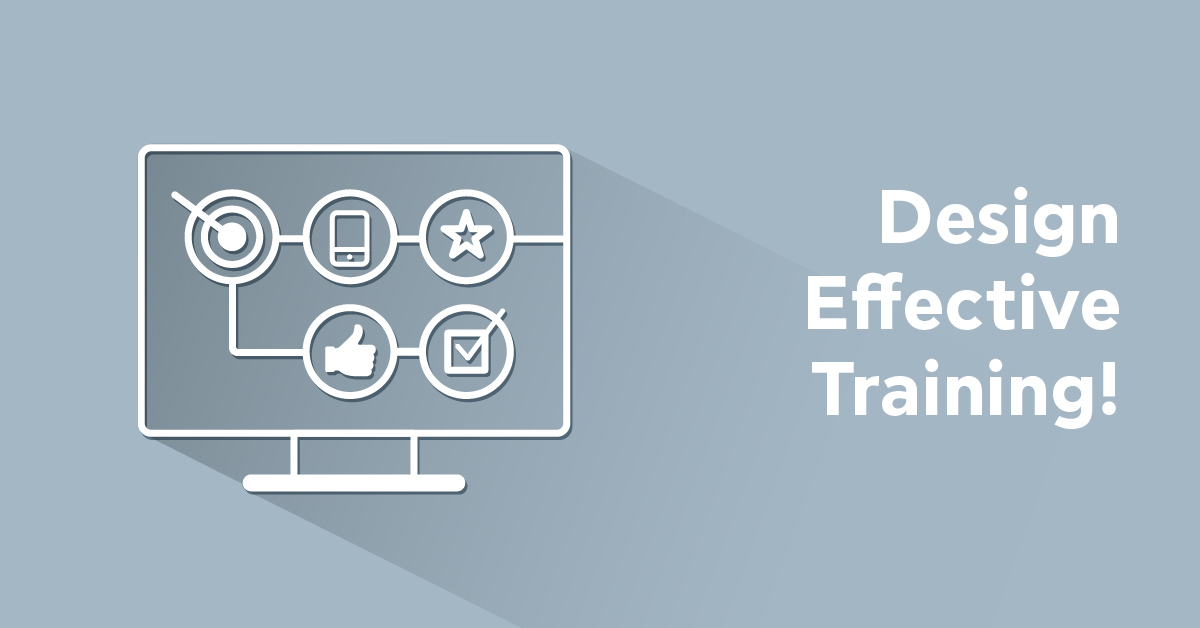Knowing your target audience is the key to developing or marketing any product. But does this really apply in eLearning? Explore 8 things you need to know about your online learners’ backgrounds.
What you should know about your online learners’ backgrounds
When a child starts school, it’s the parents that do the research. The school chooses the best teachers possible and creates the curriculum. Good teachers may take a personal interest in students, deciphering their talents and exploring their personalities. But all this happens after students enroll.
But how about adult online learning? Just like for their kids, it’s the adults doing the shopping. So, knowing what interests them is the best way to make them sign up for your eLearning course. In the case of mandatory online training, it means the difference between engaging employees or missing the mark.
Here are 8 things you need to know about your online learners’ backgrounds when designing an eLearning course.
1. Language
English may be the world’s most common language, but there are five others officially spoken at the UN. Even if your online learners can communicate in English, they may have a hard time using it academically.
Find out if they have any translation preferences and offer at least the six official UN languages. You may need to hire experienced eLearning translators and localization teams to make sure that the content is suitable for global audiences.
2. Culture
Different cultures have different norms and societal beliefs that you need to consider when creating your eLearning course. For example, some parts of the world may find in-course jokes or puns offensive, while others believe they enhance the entertainment value and make the eLearning course more relatable. It’s best to hire a local to fill you in on the cultural nuances and develop more accurate online learner profiles.
3. Educational level
Education isn’t just about school. It can involve cottage industries, technical skills and natural talents that can be commercialized. Among the things you should look into regarding your online learners’ backgrounds is how long they stayed in school. They could also fill out a questionnaire detailing any on-the-job qualifications they’ve gathered.
Ask about self-taught credentials, too. These show you the employee’s ability to learn, and their areas of interest. They can also show you how eager they are to learn; the more self-taught they are, the more self-motivated they are in general. This can help you build better content for your course, making it more engaging for the audience you expect is less motivated.
4. Purpose
Many online learners only sign up for eLearning courses because they have to. It could be a matter of industry compliance, or it may be something their employer requires them to do.
Others are more self-motivated. Maybe they want a promotion, a better job or simply enjoy the subject as a hobby. Knowing the reason your audience signed up will help you build an eLearning course they love. Plus, it can get their like-minded friends on board.
5. Learning preferences
Some people like to read the instruction manual cover to cover, while others prefer to dive in. Visual learners want to watch you do something, then imitate you. Or they might prefer to look at charts and infographics instead of reading a step-by-step guide in words.
Visually impaired learners need text-reading software or a comprehensive voice reader. Others would rather listen to a recording while they jog or during the commute. Having an idea of how your prospects prefer to take in information is a big part of your eLearning course design.
6. Scheduling
School-age students have set class times, whether they’re studying part-time or full-time. By college age, many online learners have hobbies, party timetables or part-time jobs. Universities respond by letting them select their own eLearning courses and slots.
This carries into adulthood, where work, hobbies and family responsibilities eat into online learners’ time. When researching your online learners’ backgrounds, find out how much time they’re willing (or able) to commit to their studies. This way, no matter the course type, you can build a better structure for your learners.
7. Digital literacy
A lot of us are netizens, so we don’t realize the obvious: not everyone is a digital native. You don’t want to dumb down your eLearning course and patronize your online learners. You also don’t want to incorporate bits of technology that will confuse them.
Adults have a harder time asking for help than kids. So, if they find something that makes them feel embarrassed not to know, they might abandon the eLearning course. Tactfully find out the level of technology they’re comfortable with before you throw in some razzle-dazzle digital function. It might just scare them away.
8. Experience level
Are your online learners already familiar with the topic? Or do you need to cover the basics to bring them up to speed? You must identify online learners’ experience levels and preexisting knowledge to create targeted content.
For example, a large portion of your audience has been in the industry for over 5 years. These have already mastered the basic concepts and can move on to more advanced topics, such as how to use the skills and knowledge they already have in other departments. Run surveys and assessments to gauge their level of experience and pinpoint areas of expertise. That way, you don’t bore them with redundant topics or include content that’s too advanced.
Finding out about your prospective online learners’ backgrounds isn’t about new age systems of education. It’s about market research, and it helps you convert more sales. Look into the kind of online learners you’d like to attract. This data will help you tailor an eLearning course to fit their requirements. It increases their chances of enrolling in and completing your eLearning course.
One tool that can help you get to know your audience better and delve into their backgrounds is social media polls. Read here to find out more tips that will help you build social media polls.
| Tags: eLearning Courses,eLearning Design,Learner Experience



![Building A Training Module In 5 Simple Steps [+ Free Template]](https://images.www.talentlms.com/blog/wp-content/uploads/2022/08/TLMS_20220722_1200x628.png)